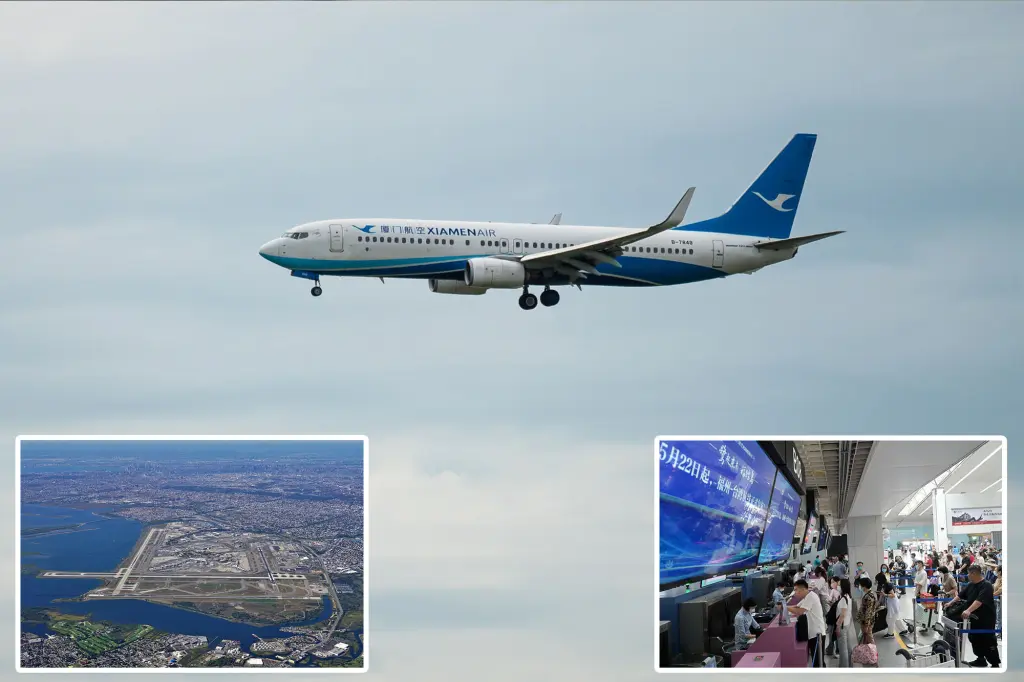Setting a New Standard in Long-Haul Aviation: The World’s Longest Nonstop Flight
In the ever-evolving landscape of international aviation, a new record has been established that pushes the boundaries of nonstop travel. As of October 2025, Xiamen Air will claim the title for the world’s longest nonstop flight with its route from New York’s John F. Kennedy International Airport to Fuzhou Changle International Airport in southern China. This marathon journey spans an impressive 7,077 miles (6,752 nautical miles) and takes a staggering 19 hours and 20 minutes to complete. This achievement unseats the previous record holder, Singapore Airlines’ route from JFK to Singapore Changi Airport. The Xiamen Air route isn’t entirely new—it operated between 2017 and 2020 before returning in 2024—but the extended flight time represents a significant milestone in commercial aviation. The extraordinary duration is partly due to Xiamen Air’s policy of avoiding Russian airspace, requiring a more circuitous route that adds considerable time to the journey compared to carriers like Cathay Pacific, which sometimes flies over Russia and can complete similar distances in around 16 hours.
The growing popularity of ultra-long-haul flights reflects both technological advancements in aircraft design—particularly improved fuel efficiency and capacity—and changing passenger preferences. Modern travelers increasingly value the convenience of direct flights, even at the cost of spending nearly a full day in the air. The appeal is understandable: avoiding the stress of connecting flights, eliminating the risk of missed connections, and reducing overall travel time despite the longer single flight. This trend represents a significant shift in how we think about international travel, prioritizing efficiency and directness over breaking up lengthy journeys. For business travelers and tourists alike, the ability to depart from one major city and arrive directly at a distant destination without interruption offers a compelling proposition, even with the challenges inherent in such extended periods of confinement.
According to travel magazine Afar, the new Xiamen Air route tops an impressive list of the world’s longest flights. Following closely behind are Newark to Singapore at 19 hours and 10 minutes and JFK to Singapore at 18 hours and 55 minutes, both operated by Singapore Airlines. Other notable marathon flights include JFK to Auckland (17 hours, 45 minutes), London to Perth (17 hours, 45 minutes), and Auckland to Doha (17 hours, 20 minutes). The list continues with Dallas to Melbourne (17 hours, 35 minutes), Paris to Perth (17 hours, 20 minutes), Dubai to Auckland (17 hours, 15 minutes), and Johannesburg to Atlanta (17 hours flat). This elite group of flights represents aviation’s answer to global connectivity in its most direct form, enabling travelers to reach opposite sides of the planet in a single bound, albeit a very long one.
The prospect of spending nearly 20 hours confined in an aircraft might seem daunting, but seasoned travelers and flight crews have developed strategies to make the experience more bearable. Preparation begins well before boarding—even before the day of the flight. Physical readiness is key, with experts recommending exercise like gym workouts, walking, or stretching the day before flying. Qantas Airlines’ Travel Insider emphasizes the importance of being well-rested, noting that intentionally depriving yourself of sleep in hopes of sleeping on the plane can backfire. Clothing choices matter significantly for comfort during long flights—loose-fitting garments allow for better circulation, while layering provides flexibility as cabin temperatures fluctuate. A versatile scarf can serve multiple purposes, from warmth to improvised eye covering when needed.
The arsenal of a well-prepared long-haul traveler includes essential comfort items like a quality neck pillow, personal blanket (supplementing what the airline provides), eye mask, earplugs, and noise-canceling headphones. These tools create a personalized comfort zone that can make the difference between misery and tolerable confinement. Entertainment preparation is equally crucial—fully charged devices, power banks, and backup entertainment options like books or downloaded content help combat boredom during these extended journeys. Even when airlines provide meals, having personal snacks available ensures you can address hunger on your own schedule rather than the airline’s. These seemingly small preparations collectively transform the ultra-long-haul experience from an endurance test into a manageable interlude.
Perhaps the most vital aspect of surviving these marathon flights is maintaining physical wellbeing through hydration and periodic movement. Dehydration can significantly worsen the flight experience, affecting everything from mood and energy levels to cognitive function, skin condition, and overall comfort. Experienced travelers bring empty water bottles to fill after security and consistently drink throughout the flight. Personal hygiene also becomes increasingly important as hours pass—a small kit with essentials like a toothbrush, deodorant, and facial cleansing products helps maintain freshness and provides a psychological boost. Taking time for basic skincare routines not only helps combat the drying effects of cabin air but also provides activity milestones that break up the monotony of the journey. While these flights represent the frontier of current aviation technology and endurance, thoughtful preparation can transform them from an ordeal into a manageable—perhaps even pleasant—beginning to an international adventure.















